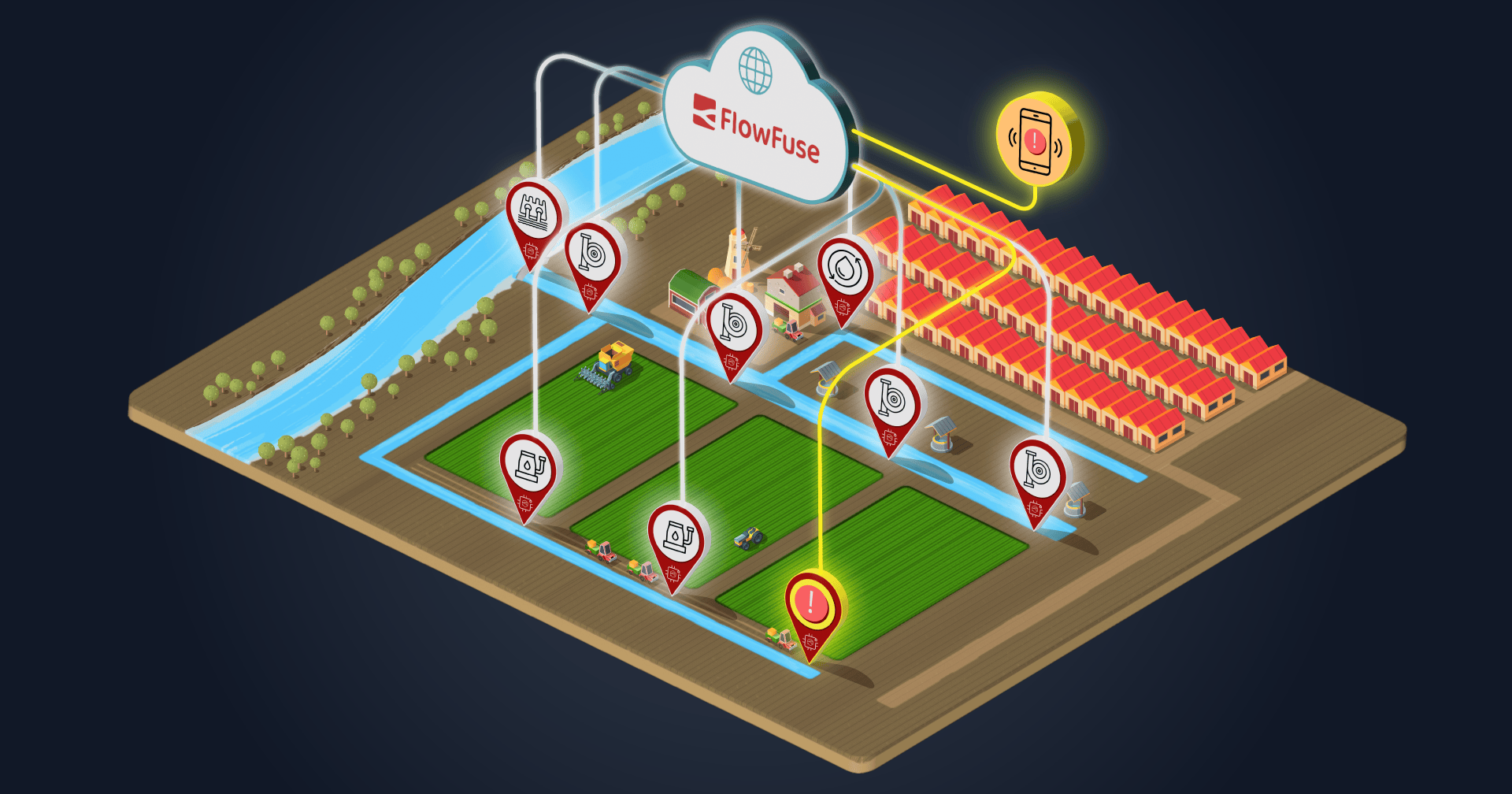Node-RED Enables Digital Transformation of a Large US Manufacturing Company
Overall, the project leader sees Node-RED as the future of software development. The low code paradigm makes it possible for companies to decentralize innovation within an organization
A large US based manufacturing company is using Node-RED to enable the digital transformation of their entire manufacturing operations. The company has a global footprint with dozens of different locations and over ten thousand employees.
They began their digital transformation and Node-RED journey in 2018. Today they have thousands of Node-RED instances deployed across their manufacturing sites that are enabling applications that have transformed the manufacturing operations.
Before they began their digital transformation, the company’s manufacturing data was recorded on paper or not accessible from the manufacturing machinery. It was very difficult to provide a holistic visibility of the operations, predict future maintenance requirements or proactively react to events on the shop floor. The company's MES system was focused on what to build and how to build it but not measuring, understanding or improving the processes.
Node-RED quickly became a key enabling technology for many of their digital transformation projects. Node-RED gave them the tool to start providing visibility into the data they required for these projects. Many of these projects were based on the Lean Sigma DMAIC approach to process improvement, where Node-RED enabled the analyze step of the process. The applications included implementation of continuous improvement ideas, process improvement to staffing handbooks, and systems to facilitate better communication between areas. Due to the data availability enabled by Node-RED they were able to transition their daily operation planning stand-up meeting that was done at a white board and data on paper to a meeting based on real time data displayed on computing monitors.
A team of 5 Node-RED developers has created hundreds of different applications that have been deployed in the factories. Thousands of Node-RED instances are deployed on industrial computers (IPC) located throughout the different factories. These computers running Node-RED collect the data from the various sensors, PLCs and cameras located in the production lines, interpret the data to understand equipment efficiency, and then send it to the cloud. Other computers and monitors will then display the real time data on the shop floor so the operations team has visibility into the current operation.
According to the Node-RED project leader the key benefit of using Node-RED for their digital transformation is the low code visual programming paradigm. The team of Node-RED developers are former manufacturing engineers that have intimate knowledge of the operations. Node-RED makes it possible for these engineers to develop high quality code without extensive software development experience. The large set of available nodes makes it faster to develop and allows for a degree of standardization of code that promotes higher quality and less technical debt. The ability to create custom nodes allows the group to implement custom nodes of internal processes that can then be shared across all applications. Creating standard patterns for everyone to follow. The visual programming environment also allows the project leader to easily review and understand flows developed by junior programmers to help with training and continued quality.
Some limitations they have noticed of Node-RED is the ability to orchestrate software delivery pipelines, version control and tools for teams of developers. It has become very difficult to maintain and track the thousands of Node-RED instances and versions of these instances that they have developed.
The company is using the FlowFuse platform to address these challenges. They are using FlowFuse to manage the deployment of Node-RED instances out to thousands of remote devices and maintain multiple versions of the instances. In addition, they use FlowFuse delivery pipelines and collaboration tools to improve the reliability and efficiency of their development processes.
Overall, the project leader sees Node-RED as the future of software development. The low code paradigm makes it possible for companies to decentralize innovation within an organization. Allowing subject matter experts to build digital systems that drive innovation.
Challenge
Maintain and track the thousands of Node-RED developed instances and versions of these instances.
Results
- Managing the deployment of Node-RED instances out to thousands of remote devices and maintain multiple versions of the instances.
- Using FlowFuse delivery pipelines and collaboration tools to improve the reliability and efficiency of their development processes.


